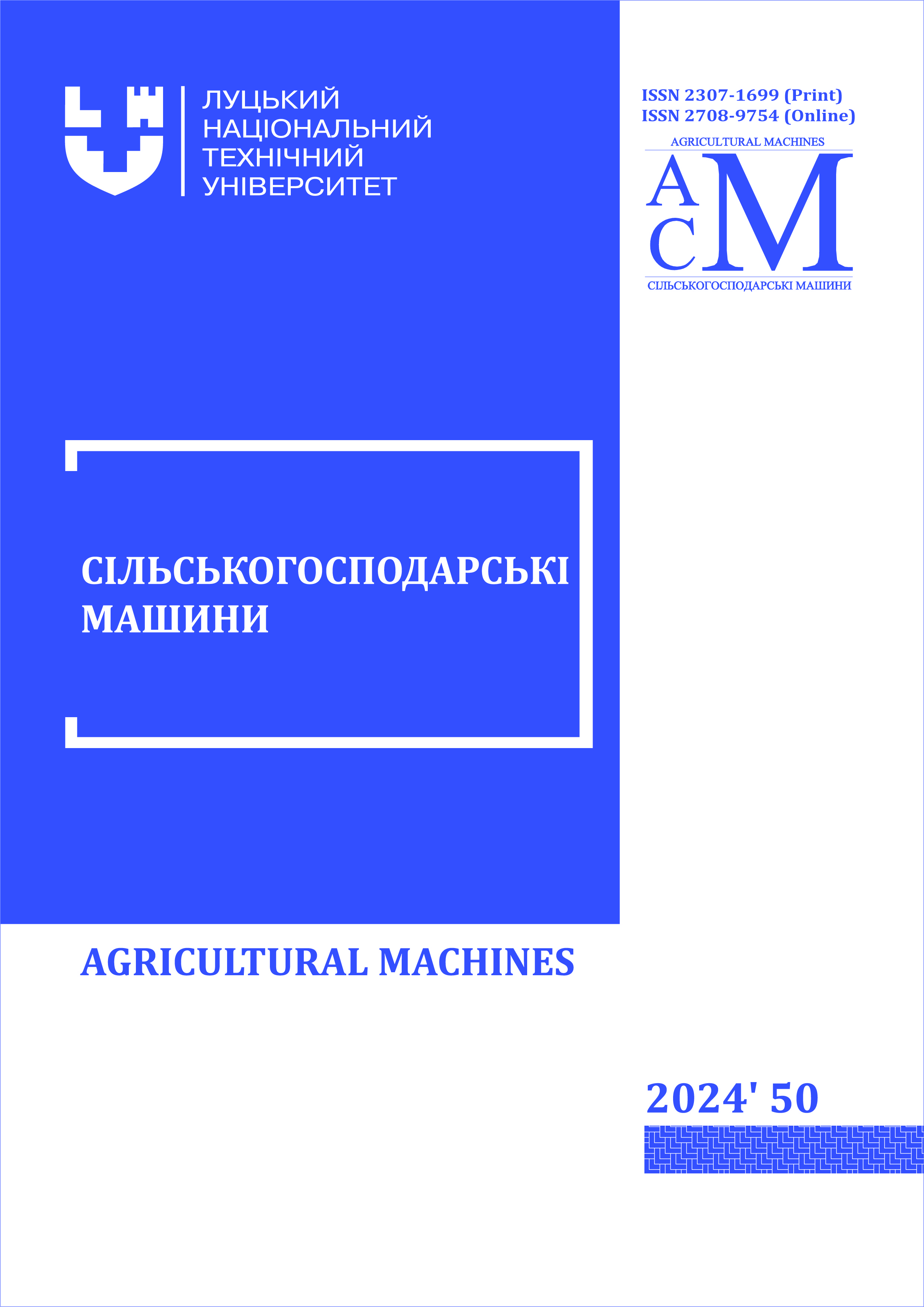JUSTIFICATION OF TECHNOLOGICAL REGIME FOR EXTRACTING FIBER FROM SCOTS PINE NEEDLES
Abstract
Scots pine needles are a promising raw material for the production of both man-made and natural textile fibers. The concept of obtaining natural fibers from needles has significant ecological and economic potential. The purpose of the research is to intensify the technological mode of fiber extraction from Scots pine needles and to improve its quality indicators. The article examines the technological mode of fiber extraction from pine needles, which is a promising raw material for the production of natural textile fibers. The study of pine needles was carried out with the aim of intensifying the technological mode of fiber extraction. A review of known researches was carried out and it was established that the promising directions for improvement of the technological mode of obtaining textile fibers from pine needles are to increase its environmental friendliness, in particular, to reduce the concentration of sodium hydroxide (NaOH), as well as to minimize the duration of temperature treatment. Studies have shown that resins, essential oils and other substances contained in the needles are actively released at the initial stage of processing, after which their release slows down significantly and there is a need to replace the bath. In order to intensify the process of fiber release, it has been suggested to mechanically destroy the epidermal layer of needles before chemical treatment. Research results show that increasing the concentration of NaOH from 50 g/l to 100 g/l is impractical because the resulting fiber has a darker colour. The technological mode of fiber processing is proposed: preliminary mechanical processing of the fiber between corrugated shafts, two-bath treatment with a solution of sodium hydroxide NaOH with a concentration of 50 g/l at a temperature of 100ºC for 10 minutes in the first bath and 30 minutes in the second bath. The fiber obtained by the proposed method is complex, long, with an uneven surface, heterogeneous in colour and thickness.
References
Green Concepts. (n.d.). Forest Wool/Pine needle fiber. Retrieved May 12, 2024, from https://www.gp-award.com/en/produkte/Forest-Wool
Herasymchuk, O., & Tkachuk, O. (2023). Regarding the question of obtaining natural textile fibers from pine needles. In The V-th International Symposium Creativity. Technology. Marketing. Chișinău, Republic of Moldova (рр. 203-209).
Mahapatra, N. N. (2022). Processing of pine needles (perul) fibers in textile industries. Dyes & Chemicals. Fibres and Yarns. Retrieved May 13, 2024, from https://textilevaluechain.in/news-insights/fibres-yarns-news/processing-of-pine-needles-perul-fibers-in-textile-industries/
Mandal, S., Sharma, R. K., Bhattacharya, T. K., Tanna, H., & Haydary, J. (2022). Charring of pine needles using a portable drum reactor. Chemical Papers, 76, 1239-1252. https://doi.org/10.1007/s11696-021-01893-4
Morrow, M. (n.d.). A photographic atlas for botany (Morrow). LibreTexts libraries. Retrieved May 14, 2024, from https://bio.libretexts.org/Bookshelves/Botany/A_Photographic_Atlas_for_Botany_(Morrow)
Ткачук, О. Л., Герасимчук, О. П., & Резнікова, В. В. (2022). Пневмотермічний спосіб отримання хвої для виготовлення текстильних волокон (Pneumothermal method of obtaining coniferous needles for production of textile fibers).Сільськогосподарські машини, 48, 67-73. https://doi.org/10.36910/acm.vi48.842











